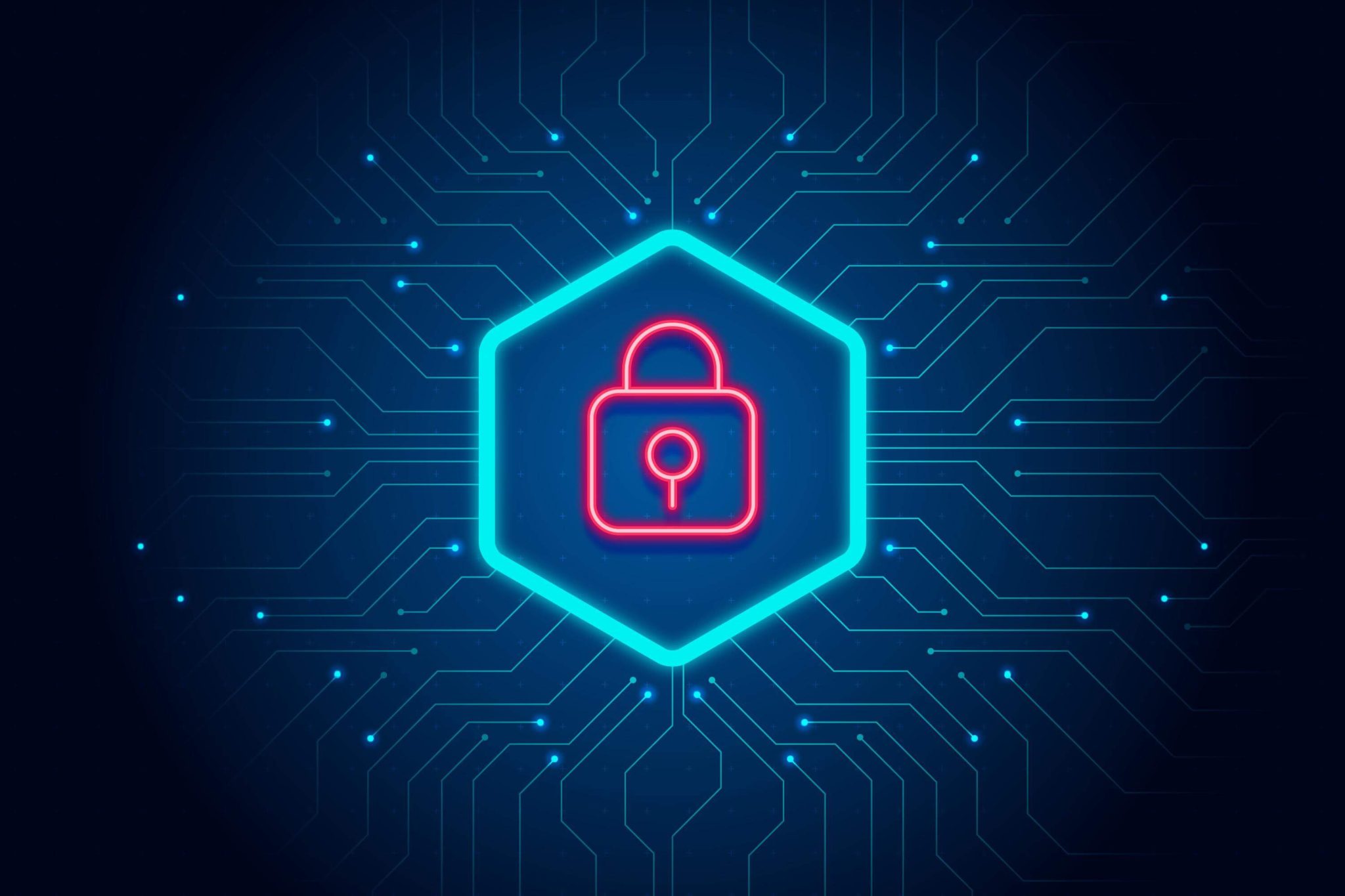Cost-Effective Website Monitoring Solutions for Public Agencies
For public agencies, keeping your website continuously available is critical for providing services and information to citizens. But limited budgets often force IT teams to sacrifice comprehensive monitoring.
Without full visibility, agency sites suffer slowdowns, outages, and vulnerabilities that undermine operations and trust. Prioritizing affordable monitoring solutions is key for maintaining online services on restricted public funds.
In this guide, we’ll outline cost-effective website monitoring approaches and solutions purpose-built for the budget realities facing public sector organizations.
Impacts of Website Downtime for Public Agencies
When an agency website or web application experiences outages or performance issues, citizens get blocked from:
- Making online payments for permits, taxes, registrations, fines
- Filling out licensing, benefit, or service applications
- Accessing public records and documents
- Streaming city council or board meetings
- Signing up for recreational programs and events
- Reporting concerns like potholes, graffiti, and non-emergency crimes
- Checking statuses on existing service requests
- Reading updates on community initiatives and projects
Without reliable website uptime, fulfilling the agency’s public service mission gets interrupted. And taxpayers question the agency’s competency if problems are ongoing.
Why Website Monitoring is a Challenge
While private companies invest heavily in sophisticated monitoring stacks, public agencies contend with:
- Tight budgets – Limited public funding restricts technology investments, especially for non-mandatory needs like monitoring.
- Legacy systems – Websites limited by outdated server hardware, CMS platforms and web frameworks with minimal visibility.
- Lean IT teams – Few overstretched IT staff make implementing and managing heavy monitoring setups unrealistic.
- Lack of specialization – No team members dedicated to website management or application performance.
- Complex web estates – Many disjointed sites for individual departments, programs and services built up over time.
- Third-party reliance – Websites depend on outside APIs, applications, and services which add risks.
These constraints make comprehensive monitoring seem unattainable. But smart tactics and purpose-built solutions can overcome the challenges.
Effective Low-Cost Monitoring Tactics
With the right approach, public agencies can implement solid monitoring despite limited budgets:
Start with uptime – Above all else, use basic uptime monitoring to get alerts for any full site outages. This minimal coverage is free or extremely affordable from many providers.
Budget friendly tools – Try website performance checks from tools like Network Notification, StatusCake, or FreshPing to begin monitoring critical pages.
Test from outside – Monitor externally from real user perspectives to avoid internal topology and access restrictions affecting visibility.
Automate where possible – Script browser tests to simulate transactions and reuse vs manual checks.
Focus on critical flows first – Check the most important user journeys for citizens before testing everything. Get biggest bang for buck.
Use open source – Try open source tools like Selenium or Locust for automated functional testing on key site paths.
Monitor third parties – Check the performance of critical external services, APIs, applications, and scripts impacting site speed.
Consolidate reporting – Unify uptime, speed, and test results from disparate free tools into shared dashboards using solutions like Statuspage.
Getting started with these tactics lays a monitoring foundation on any budget.
Must-Have Paid Monitoring Solutions
Beyond free tools, these low-cost paid solutions provide immense value even for cash-strapped public IT teams:
Website Uptime Monitoring
External uptime monitoring services like Network Notification and StatusCake provide fulsome website availability monitoring from around the world for maximum uptime visibility. Plans start around just $20 per month.
Real User Monitoring
Solutions like Datadog capture performance metrics directly from real citizen visits to your websites to identify usability issues. Roughly $30 per month minimum.
Synthetic Monitoring
Tools like ThousandEyes and Catchpoint simulate user journeys through websites to test speed and function. Starts around $40/month.
Log Analysis Software
Splunk Cloud ingests and analyzes web server logs to uncover traffic patterns, bottlenecks, and application errors. Predictable pricing model under $10/GB.
These solutions deliver tremendous value for relatively little expense if prioritized in budgets.
Optimizing Spend With Monitoring as a Service
Public agencies can take their monitoring capabilities even further through monitoring-as-a-service solutions like Network Notifications.
These specialized providers consolidate all the essential monitoring components into a single cost-effective platform:
✅ Website uptime checks
✅ DNS Record Monitoring
✅ Port Monitoring
✅ Ping Monitoring
✅ Historical uptime and response time reporting
✅ Real-time SMS, Email, and Push notifications
✅ Continuous monitoring around the clock
With one intuitive platform, public organizations gain comprehensive monitoring to protect web operations for citizens. Straightforward pricing as low as $20 per month makes this visibility attainable.
Conclusion
While public agencies operate under financial constraints, website monitoring is too essential to skip. By combining free tools, low-cost paid solutions, and monitoring-as-a-service plans, comprehensive visibility is attainable even on limited budgets.
Monitoring website uptime, availability, and user experience helps public IT teams deliver the reliability and performance citizens expect from online government services. Proactively identifying issues minimizes disruptions and builds public confidence.
Making web monitoring a priority demonstrates good stewardship of public funds by maximizing the value of IT investments. With the right cost-effective approach, public agencies can monitor like enterprises and protect their online presence.
Sign up now to start monitoring your websites with Network Notifications!



